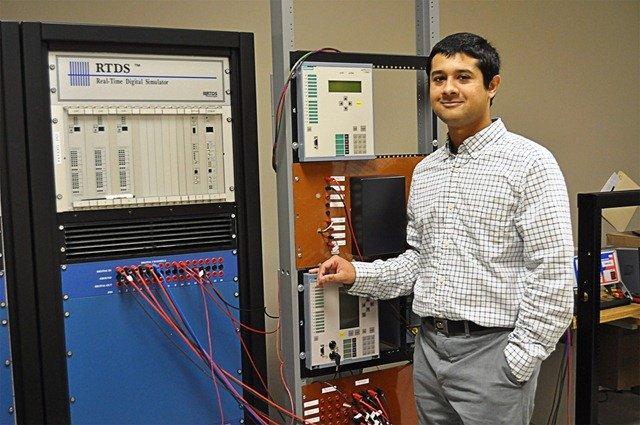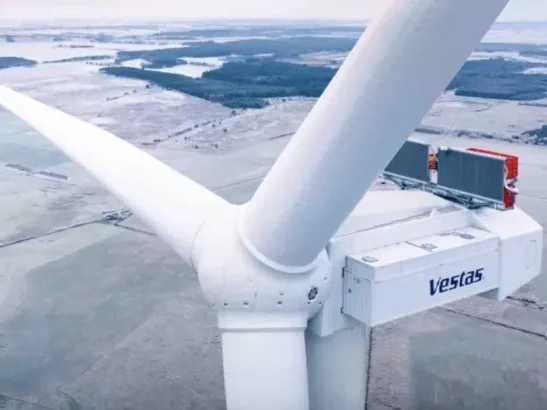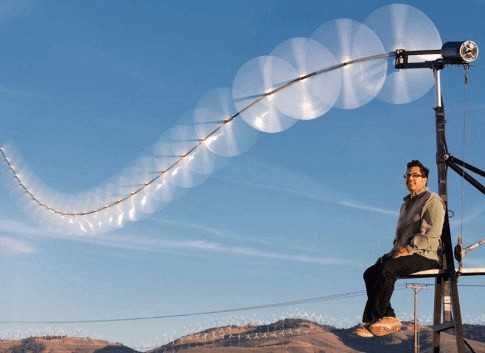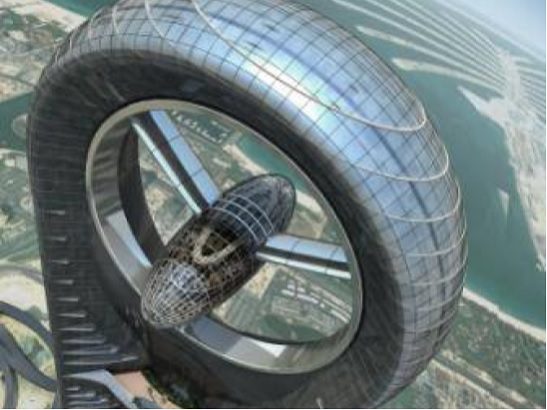It has long been a pain in the blades that the changes in wind speed pose a threat to generators in power grids. The changes in wind speed cause “oscillations” which can cause generators to fail and leading to blackouts- and reputational risk for the wind industry.
However, in a paper published in late autumn, part-funded by grants from the National Science Foundation grants, a North Carolina State University researcher and a colleague at Johns Hopkins University report that they have devised a means to smooth out demands of equipment. The paper was published by the IEEE; the Institute of Electronic and Electrical Engineers, entitled Transactions on Power Systems. Their solution is to is link controllers both on the wind turbines that generate the power and on the battery management systems supporting the grids.
Over to Dr Aranya Chakrabortty, an assistant professor of electrical engineering at the North Carolina State University (pictured above):
“To counteract this problem, we have designed a technique that coordinates the activity of controllers inside the wind turbines and battery management systems to even out the flow of power from wind farms into the grid. By matching the behaviour of the two controllers, we can produce the desired damping effect on the power flow and restore stable grid behaviour.”
Dr Chakrabortty is the senior author of the paper describing the work while Dr Dennice Gayme of Johns Hopkins (pictured above) is the co-author. The research was part-funded by grants from the National Science Foundation. The two professors developed algorithms to match control efforts between the turbines and the energy storage facilities,
Wind power continues to be important as an energy source for the United States. North Carolina State University considers that wind power could contribute as much as one-fifth of U.S. power needs within the next 5 years.





